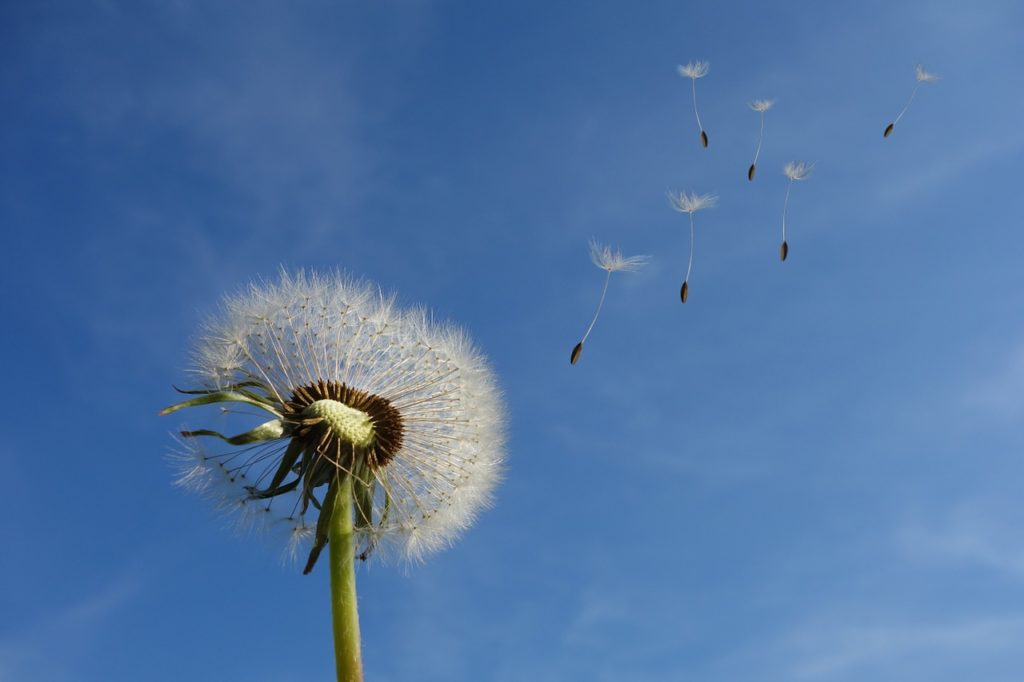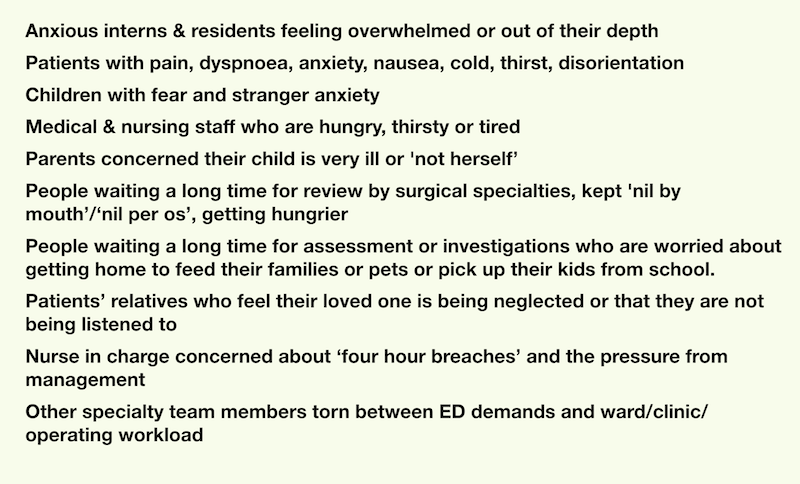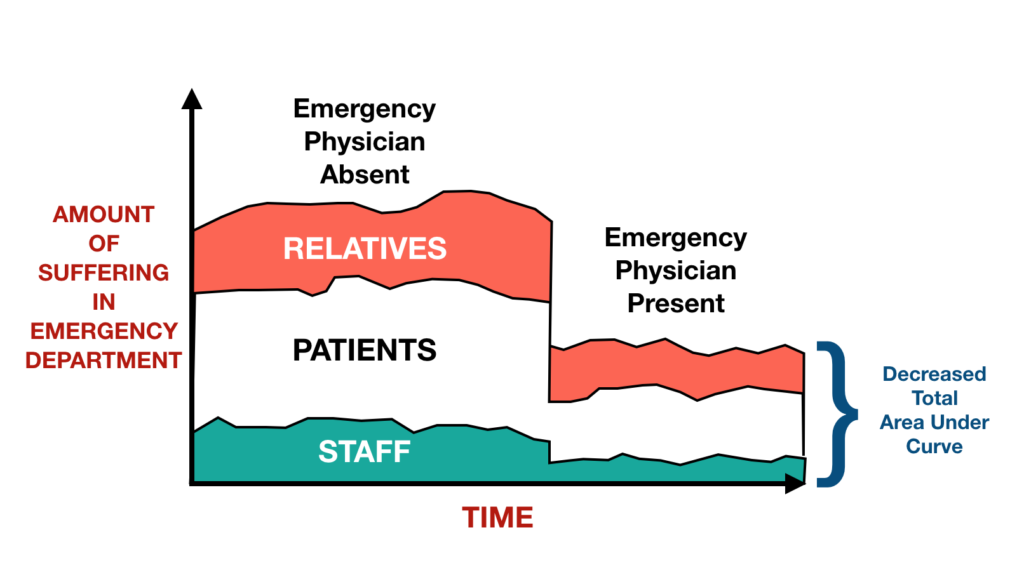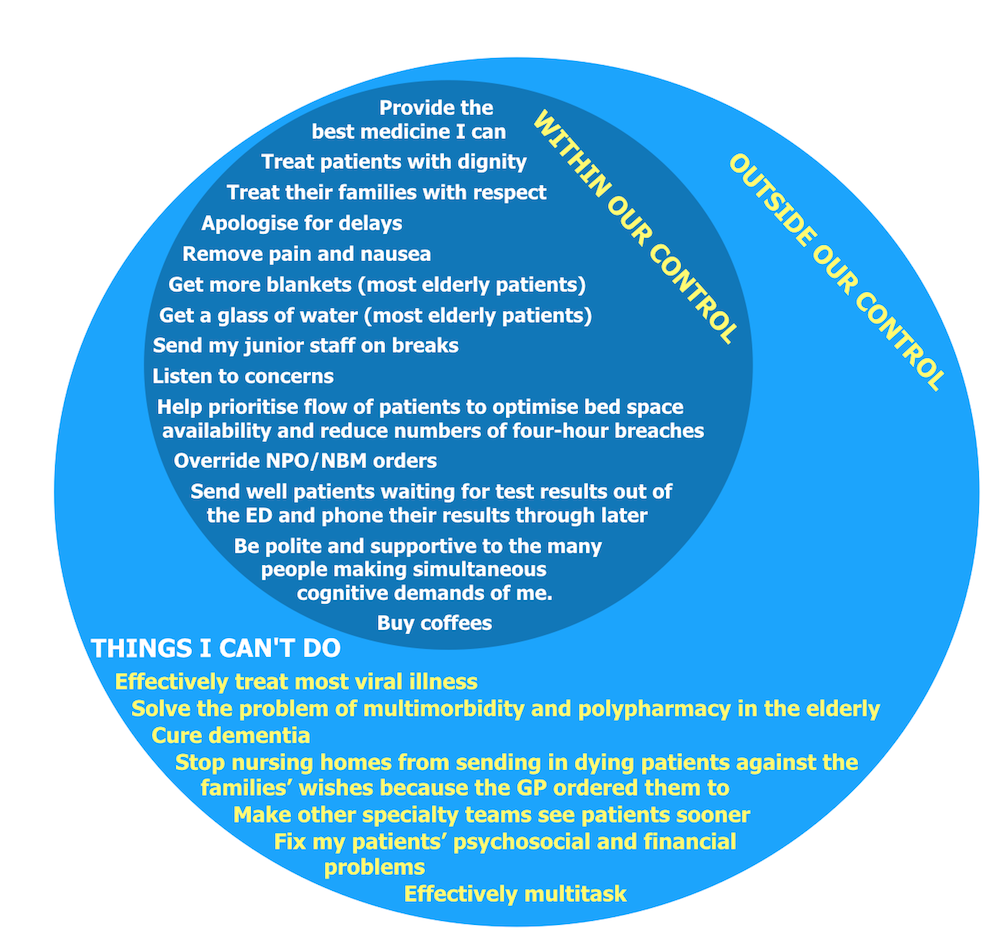
One of my nursing colleagues was telling a story the other day about one of the first resuscitations we did together in the ED several years ago. It demonstrates the principle of establishing control of a sub-optimally coordinated team by using some form of attention grabber. She kindly agreed to write down her recollection for me to share here:
I have finally found 2 minutes to sit down and write you the story I was telling you about the other week….
We were in the middle of a resus in the ED, it was chaotic, loud and messy.
I remember you calling out in a commanding voice for everyone to stop (can’t recall what you actually said) but when we all looked up and fell silent you lifted up one leg, let a rather loud large fart out and then very calmly proceeded to take control of the situation. Everyone was so stunned, and slightly amused that the whole situation just settled right down and we all cracked on with the resus in a much more organised fashion.
I don’t know if you know I own a first aid training company. I tell this story when I am teaching. I explain to people that an emergency situation can be chaotic and stressful and someone has to take control. Sometimes you need to take a second to get a grip of yourself and others before you can be of any help to the person in need.
By telling your story it makes people realise you can stop for a second to gather yourself, take stock of what is needed then crack on. Sometimes it takes extreme measures such as dropping a fart to get people to get back on track.
You have given me many stories over the years but the fart one has got the most traction so far.
See you at work
I accept that some people may find this offensive or consider it inappropriate or unprofessional. Please consider:
- All mammals produce flatus.
- Holding on to flatus can be uncomfortable and can distract a resuscitation team leader, potentially adversely affecting outcome.
- The performance had its desired effect, helping the resuscitation.
- The patient was intubated and therefore not at olfactory risk
- C’mon jeez it was just a fart

 “What’s your leadership style Cliff? How do you like to run the emergency department?”
“What’s your leadership style Cliff? How do you like to run the emergency department?”








 I’ve always had strong feelings about education. I was an uninspired and underachieving medical student, exasperated at the fact that the preclinical course at my medical school consisted of lengthy lectures about detailed aspects of basic sciences like histology and embryology. To make it worse, the teaching was delivered by basic science PhD students who were required to teach medical students as part of their contract. They taught because they had to, not because they were good at it. In other words, the best way to summarise how I was initially taught to be a doctor is this: my medical training consisted of being taught stuff I didn’t need to know, by people who weren’t doctors, and who didn’t know how to teach.
I’ve always had strong feelings about education. I was an uninspired and underachieving medical student, exasperated at the fact that the preclinical course at my medical school consisted of lengthy lectures about detailed aspects of basic sciences like histology and embryology. To make it worse, the teaching was delivered by basic science PhD students who were required to teach medical students as part of their contract. They taught because they had to, not because they were good at it. In other words, the best way to summarise how I was initially taught to be a doctor is this: my medical training consisted of being taught stuff I didn’t need to know, by people who weren’t doctors, and who didn’t know how to teach.




